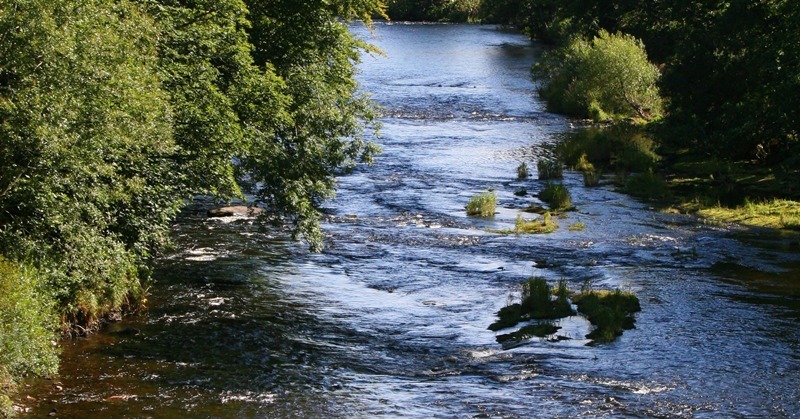Private interests are being encouraged to invest in the ongoing effort to pursue biodiversity and conservation initiatives on Angus rivers.
In 2010 the Esk Rivers and Fisheries Trust completed a number of projects alongside establishing conservation measures to protect vulnerable species. This work was spearheaded by Dr Marshall Halliday and trust chairman Tom Sampson, with schemes ranging from building new fish passes on the Pow Burn and Boysack Dyke on the Lunan, to improving waterways in forestry and completing the first year of a project to eliminate invasive species.
The trust said the work had only been possible as a result of the body’s ability to tap into public funding and initiative schemes.
“The Esk Fisheries Board has also donated money to the cause but as yet the trust has not seen any private funding,” said a spokesman. “This is essential to enable the trust to continue the promising inroads already made towards helping protect our rivers.
“Due to the way many of the funding grants are operated, a small proportion has to be fronted by the trust to unlock available resources. In this way every £1 donated to the trust allows further funding to be accessed from other sources, making even small donations incredibly valuable.”
Among ambitious plans for the future is the rerouting of the Rottal Burn. Having been canalised between 1760 and 1850, the biodiversity of what is seen as an important salmonoid spawning burn declined rapidly, leaving a long, straight, fast-flowing water course, no longer supporting productive nursery grounds for young fish.
By using old RAF maps the trust has been able to trace the original water course and intends this restoration to be a test case for other such projects around the country.
The trust has launched a membership scheme for anyone interested in local river systems and their wildlife. For more information visit www.erft.org.uk or email Dr Halliday at info@erft.org.uk
